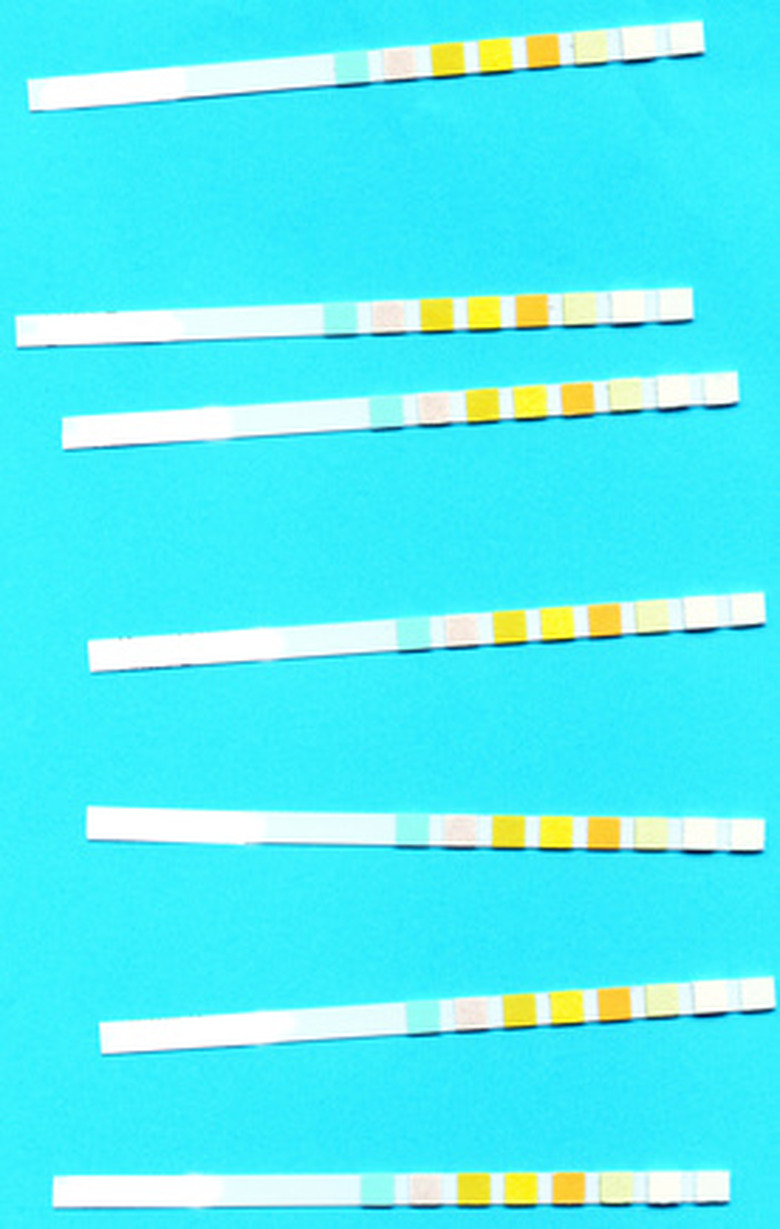Physical Address
Suite 5, 181 High Street,
Willoughby North NSW 2068
Physical Address
Suite 5, 181 High Street,
Willoughby North NSW 2068

When testing the acidity or alkalinity of an item you are referring to the pH, also known as potential hydrogen. The pH of an item is measured by finding the concentration of hydrogen ions an item contains in moles. Measuring the acidity or alkalinity of an item comes in handy for many items such as foods, personal care products, soil and much more. The pH is best obtained in liquid form. A neutral item such as water is often mixed with the item being measured.
Put a small amount of your item to be measured in a cup. You want to have enough product in the cup to produce an accurate reading.
Add an equal amount of water to the cup. The water is used to provide a neutral liquid to test the amount of hydrogen ions present in the product.
Mix the water and the product together well. The will make sure that they are evenly distributed amongst each other.
Place the tip of the pH strip in the mixture. If you are using pH strips make sure all the squares are put in the mixture. If you are using litmus paper put in enough to see a color change if applicable.
After a few seconds take out the strip and use the chart the strips came with to determine what pH the product was. It is as easy as matching the colors together and reading the number.
If the pH reading is below seven the product is acidic. If the pH reading is above seven the mixture is alkaline. If the mixture is seven the product is neutral. When testing food items, more acidic foods are not desirable.